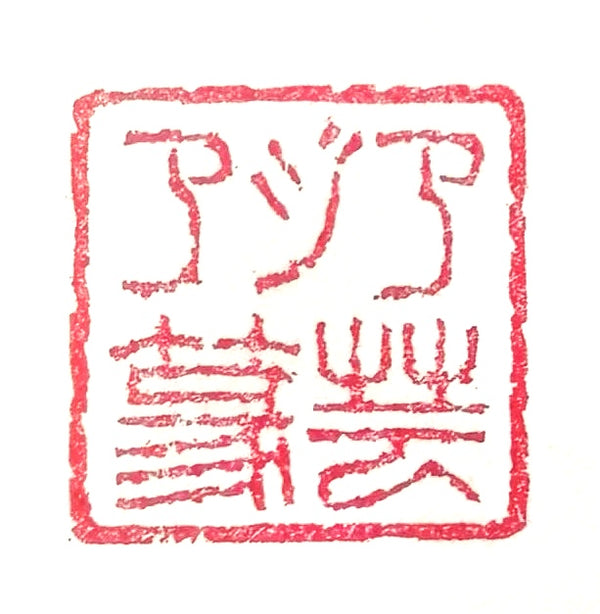Mining and processing techniques for seal carving materials - Learn about the process of making seal materials
Share
Introduction
How does the "seal carving stone (seal material)," which is essential for seal carving, reach us?
The process from mining to processing stone, which we don't usually think about, actually involves the skills and wisdom of many artisans.
In this article, we will clearly explain how the seal carving stone used in seals is mined, processed, and completed into a finished piece.
What is the mining of seal carving stone?
Natural stone source
Seal carving stone is mainly mined from mountains and mines throughout China. Typical sources include:
-
Shoushan Stone : Around Shoushan Village, Fuzhou City, Fujian Province
-
Qingtian stone : Qingtian County, Zhejiang Province
-
Changhua fossil : Changhua area, Zhejiang province
-
Balin Stone : Balin Right Flag of Inner Mongolia Autonomous Region
These areas have been mined for seal carving stone for many years, and are the center of traditional crafts and local industries.
Mining method
In the past, mining was mainly done by hand, but nowadays, due to environmental considerations, mining is done carefully. Specifically, the mining methods are as follows:
-
Investigating the strata and finding veins
-
Remove weathered surface stones
-
Mining with cranes and small machines
-
Manual sorting and removal
The higher the quality of the stone, the more difficult it is to mine, and the more careful the work must be to avoid damaging the stone.
Sorting and evaluation of mined stone
The stone is not immediately usable after it is mined; only the stones of the appropriate quality for carving are selected from the many available.
Examples of evaluation criteria:
-
Beautiful colors
-
Pattern balance
-
Presence or absence of bubbles or cracks
-
Hardness uniformity
-
Ease of processing
In particular, high-quality seal materials such as Shoushan stone and chicken blood stone are valued for their beautiful colors and patterns, and are also highly valued as ornamental items.
Processing process: From stone to seal material
The selected stone is then processed into a shape suitable for seal carving, a process that also requires the skilled craftsmanship of the artisan.
1. Cutting
Large stones are cut into appropriate sizes using saws or cutting machines. The most common shapes are square prisms (cubes) and cylinders.
2. Polishing
This is the process of smoothing the surface of the stone. Gradually, from coarse to fine whetstones are used to finish the stone into a beautifully smooth seal material.
3. Molding
To make it easier to carve, smooth out the corners and flatten the bottom.
4. Final Check
The finished seal material undergoes a final check for the condition of the carved surface, color, balance, etc. before being shipped.
A fusion of handcraft and modern technology
Although machine processing has advanced in modern times, much of the processing of stone seals is still done by hand. The more expensive the seal material, the more important it is to fine-tune and polish it by hand.
Additionally, some manufacturing processes incorporate new technologies such as laser processing and 3D measurement, which is helping to stabilize quality and improve efficiency.
What you need to know: Stone processing and environmental issues
The mining and processing of seal carving stone involves the use of natural resources, and in recent years, from the perspective of environmental protection, sustainable efforts such as limiting the amount of mining, restoring vegetation, and recycling waste have become increasingly important.
While we enjoy seal carving and calligraphy, we also live in an age where we are required to be conscious of artistic activities that are in harmony with nature.
summary
Before the seal carving stone reaches us, a long process and many hands are involved.
-
Careful mining in the mines
-
Sorting and evaluation by quality
-
Carefully crafted by artisans
Only after going through this process can beautiful seal material be created.
When you come into contact with a seal carving, please take the time to think about the mining and processing process behind it. This will surely deepen your understanding and attachment to the work.
